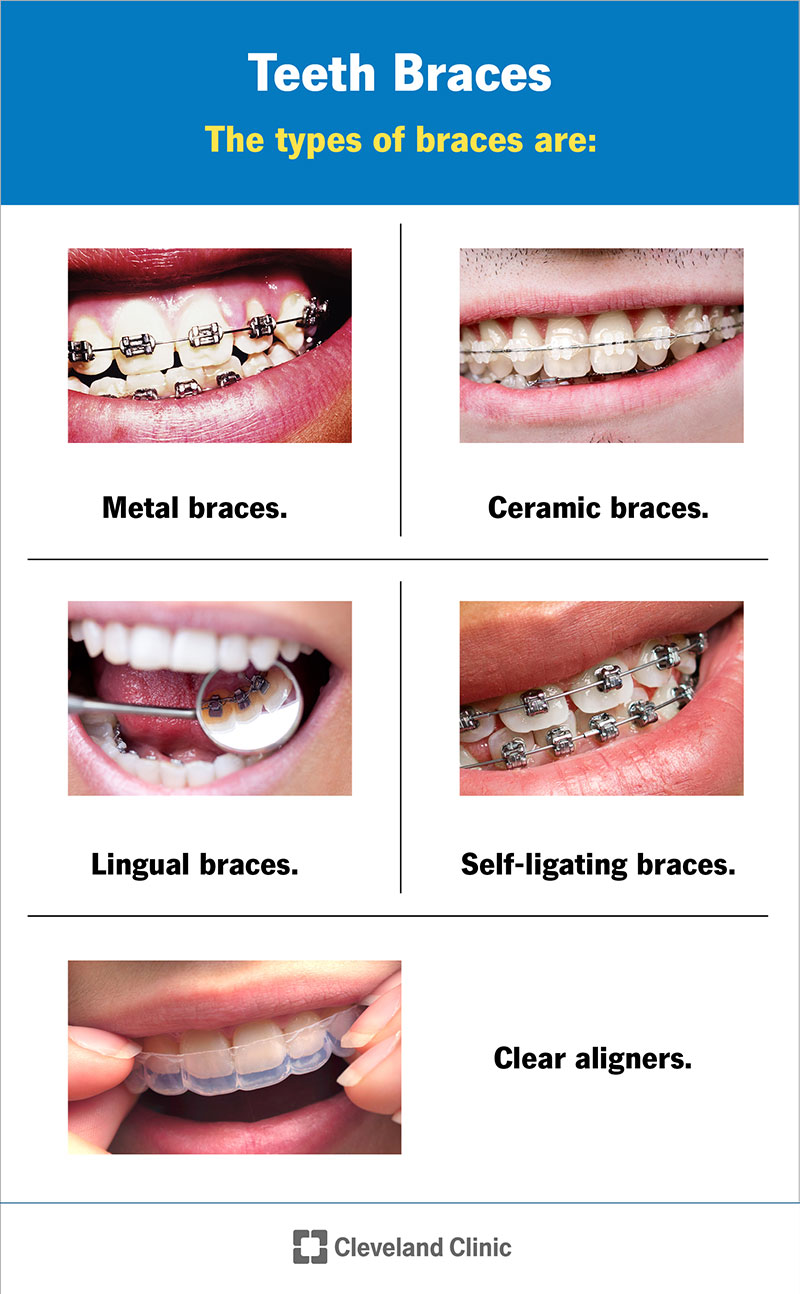Top Tips for Picking the Best Cumming Orthodontist for Braces and Aligners
Comprehensive Overview to Orthodontics Treatments for Remedying Oral Misalignments
In the realm of orthodontics, the trip to accomplishing a perfectly lined up smile involves a myriad of procedures tailored to remedy oral imbalances. From traditional braces to unnoticeable aligners and also medical alternatives, the area of orthodontics offers a range of services to deal with differing degrees of dental abnormalities. Recognizing the intricacies of each procedure, including their systems, advantages, and potential disadvantages, is vital in making educated decisions about one's orthodontic therapy. As we browse via the extensive guide to orthodontic procedures for correcting dental imbalances, the detailed information of each approach will certainly unravel, dropping light on the path toward a functional and harmonious dental placement.
Orthodontic Procedures Review

Normal changes and monitoring are essential parts of orthodontic treatment to guarantee development is on track and to make any type of needed adjustments along the method. By going through orthodontic treatments, people can not just attain a straighter grin however likewise enhance their general oral health and feature.
Standard Braces: Exactly How They Work
When thinking about orthodontic treatments for oral misalignments, standard braces attract attention as a tried and true approach for remedying teeth positioning. Standard dental braces include braces, cables, and bands that collaborate to use continuous stress on the teeth, progressively moving them right into the desired positioning. The braces are affixed to the teeth making use of a special adhesive, and the cables are threaded via the brackets. By readjusting the tension of the cables, orthodontists can regulate the direction and force related to each tooth, guiding them into correct alignment in time.
As pressure is applied to the teeth through the braces, the bone surrounding the teeth is improved to sustain the brand-new tooth settings. Individuals will need regular adjustments at the orthodontist's office to ensure the dental braces proceed to use the right pressure for effective teeth movement.
Invisible Aligners: Disadvantages and pros
Unseen aligners supply a convenient and discreet choice to standard braces for fixing dental imbalances. These clear, personalized trays are basically undetectable when used, making them an appealing alternative for individuals looking for a much more aesthetically pleasing orthodontic therapy. One of the primary benefits of unnoticeable aligners is their removability, enabling less complicated upkeep of oral hygiene contrasted to standard dental braces. you could try these out Clients can get rid of the aligners before consuming or cleaning their teeth, minimizing the risk of food getting embeded the appliance and simplifying the cleansing process.

Surgical Orthodontic Options
Surgical treatments in orthodontics existing practical choices for resolving complex oral imbalances that might not be effectively dealt with via traditional orthodontic treatments. While traditional braces and unseen aligners can deal with numerous orthodontic concerns, particular cases call for medical treatment to achieve ideal outcomes. Surgical orthodontic alternatives are typically suggested for severe malocclusions, substantial jaw inconsistencies, and instances where the underlying bone framework needs modification to accomplish correct positioning.
One common surgical orthodontic treatment is orthognathic surgical procedure, which includes rearranging the jaws to deal with useful problems such as difficulty chewing or speaking. This surgery is often executed in collaboration their explanation with an orthodontist that assists line up the teeth prior to and after the treatment. Surgical orthodontics may also include procedures to reveal influenced teeth, get rid of excess gum cells, or reshape the jawbone to produce a much more unified best site facial account.
Prior to thinking about medical orthodontic options, patients go through an extensive analysis to establish the need and potential benefits of such interventions. invisalign. While surgery might seem difficult, it can substantially boost both the function and appearances of the smile in cases where traditional orthodontic therapies fail
Retainers and Post-Treatment Care

Post-treatment treatment involves complying with the orthodontist's instructions vigilantly. This might include appropriate dental hygiene methods, going to follow-up visits, and putting on the retainers as suggested. Failure to follow post-treatment treatment guidelines can cause regression, where the teeth progressively relocate back in the direction of their initial positions. Constant retainer wear, good oral hygiene, and routine oral exams are necessary for preserving the outcomes achieved via orthodontic surgical procedure and guaranteeing the long-lasting stability of the fixed oral positioning.
Conclusion
In verdict, orthodontic treatments supply numerous choices for fixing dental imbalances. Surgical orthodontic options are available for a lot more severe imbalances. In general, orthodontic treatments can successfully enhance dental wellness and visual look.
As we browse through the detailed overview to orthodontic treatments for dealing with dental imbalances, the complex details of each method will unfold, dropping light on the course towards a unified and functional dental positioning. - cumming orthodontics
One of the most typical orthodontic treatments is the usage of dental braces, which consist of metal braces and cables that apply mild pressure to slowly shift teeth right into the desired placement.When considering orthodontic treatments for oral imbalances, standard dental braces stand out as a time-tested method for fixing teeth positioning. In addition, undetectable aligners may not be suitable for complex orthodontic issues that require even more significant teeth movement, as they are commonly suggested for light to modest cases. Retainers are customized orthodontic gadgets designed to hold teeth in their dealt with placements after the conclusion of orthodontic treatment.